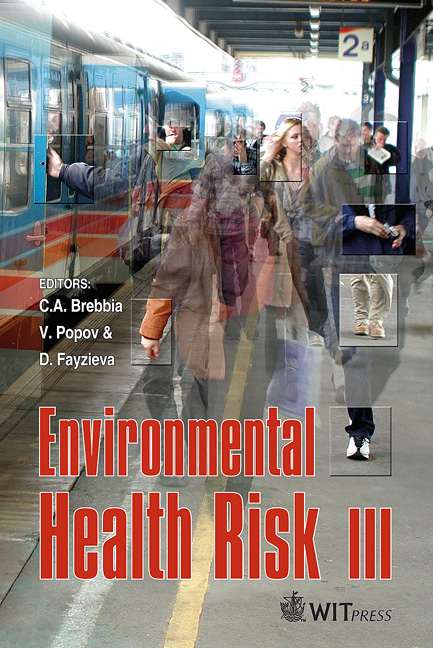Atmospheric Pollution And Human Health: The Significance Of A Datable Sedimentary Archive From A Small Urban Lake In Merseyside, UK
Price
Free (open access)
Transaction
Volume
9
Pages
10
Published
2005
Size
704 kb
Paper DOI
10.2495/EHR050211
Copyright
WIT Press
Author(s)
A. T. Worsley, C. A. Booth, A. L. Power, N. Richardson, P. G. Appleby & E. J. Wright
Abstract
Preliminary results from sediment cores taken at Speke Hall Lake, Merseyside (UK) are presented. They demonstrate the use of sediments from a small, man-made, urban lake to reconstruct the local environmental history from the last 250 years. The lake is set within the heart of the Merseyside region, which saw the instigation, and subsequent burgeoning of major industries, notably petro-chemicals during the nineteenth century and by the expansion of the use and manufacture of automobiles in the last century. Given the widely reported concerns over public health, the use of such datable environmental archives is promoted in order to examine the relationship between environment and human health. Keywords: environmental pollution, palaeolimnology, mineral magnetism. 1 Introduction There are considerable concerns about relationships between atmospheric quality and human health, particularly the links between lung disease and air quality, which are widely discussed [1, 2]. Many studies have investigated the possibility that atmospheric pollution is a direct cause of high mortality rates, increased
Keywords
environmental pollution, palaeolimnology, mineral magnetism.





